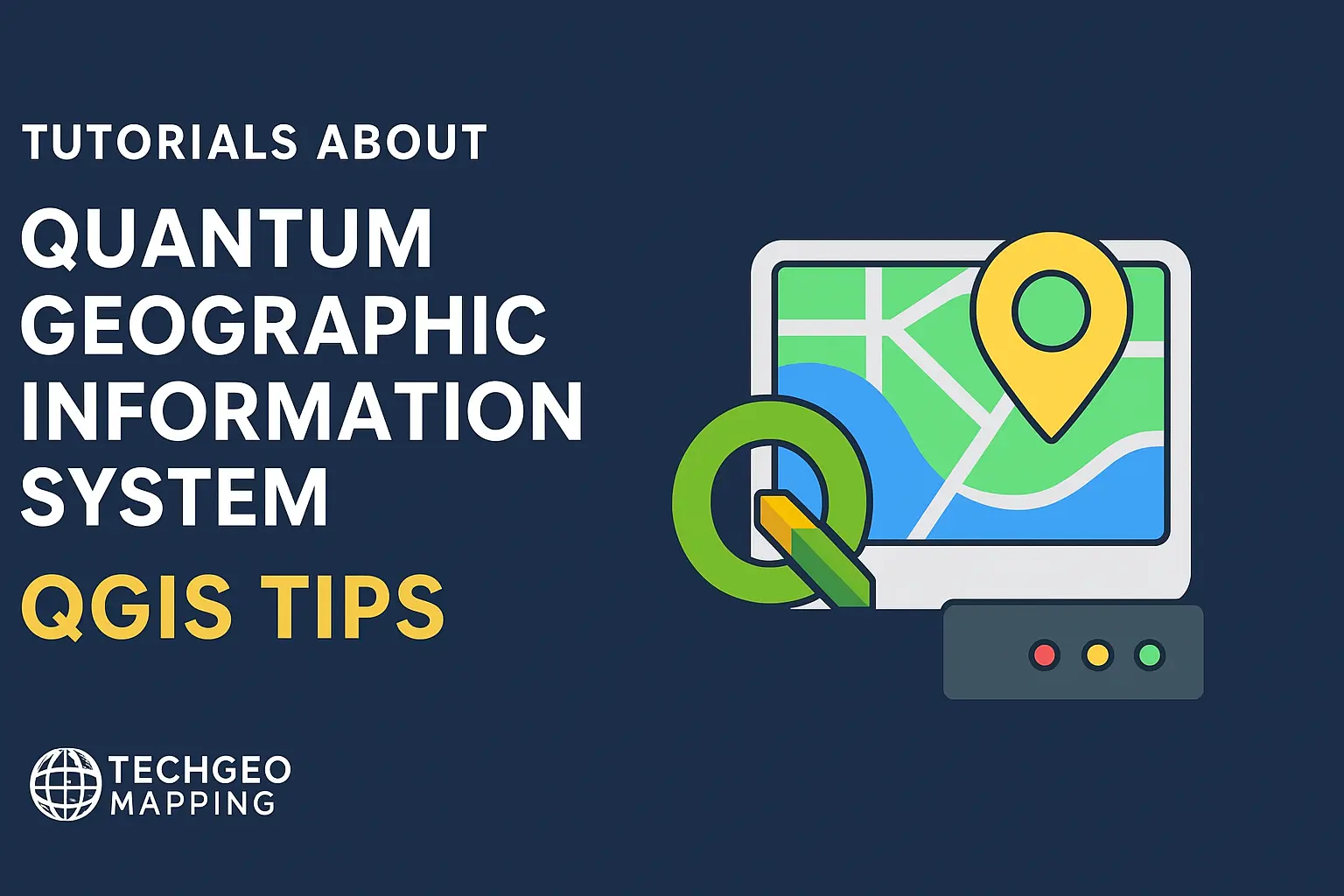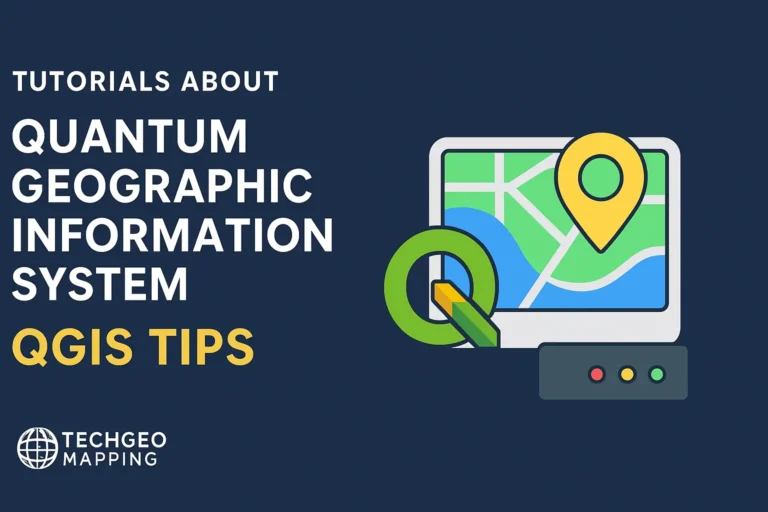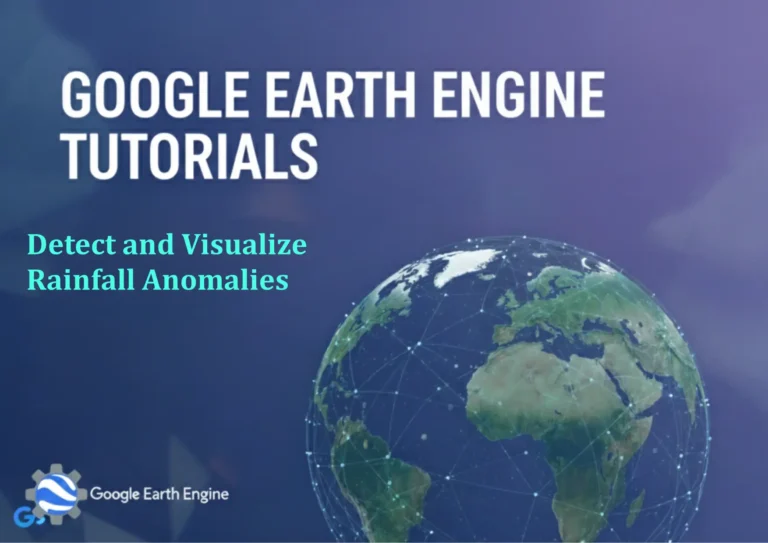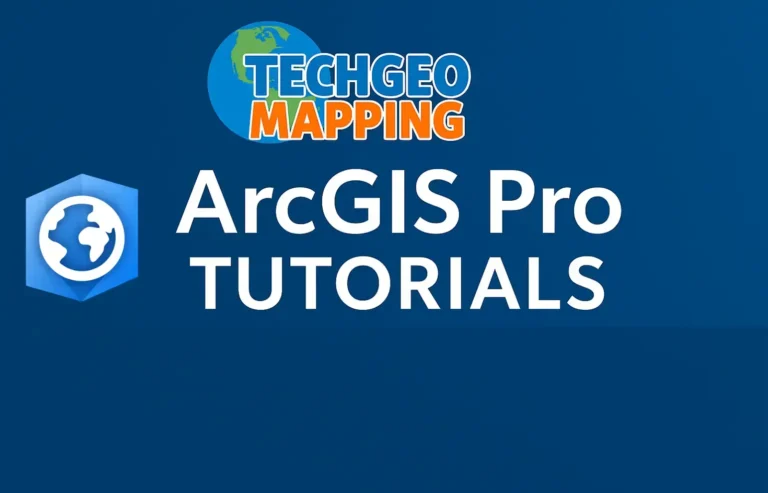Semi-Automated Mapping with QGIS Atlas Panel
Credit: Youtube Channel “Statistics Canada”
analysisWe need to output an entire post about self mapping using QGIS Atlas Panel, wrote special as GIS specialist. We need to use HTML tags. Must remove title at beginning (no header). Remove all comments. So no






